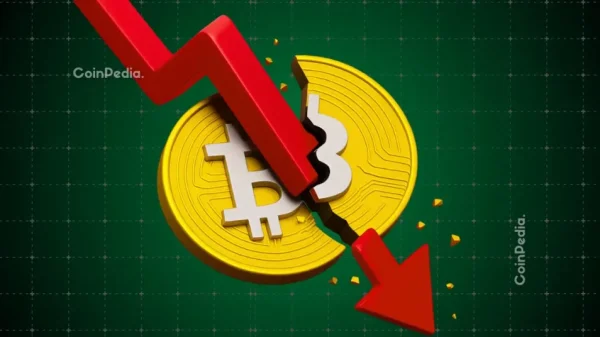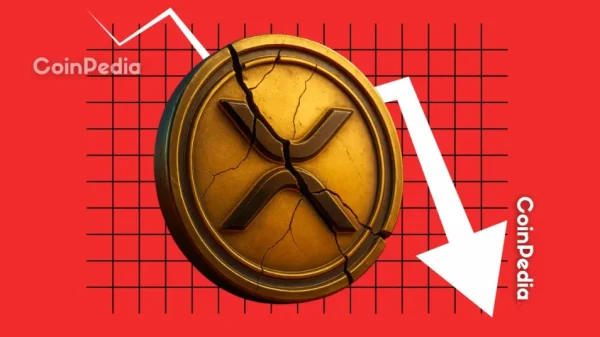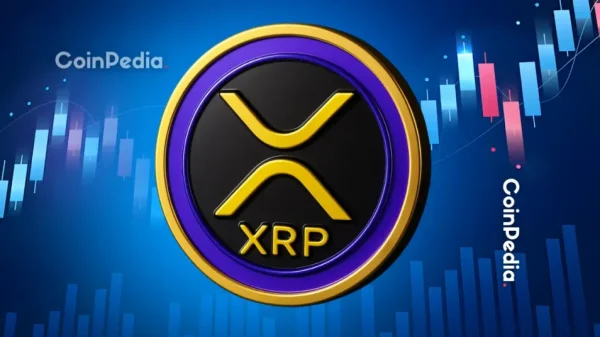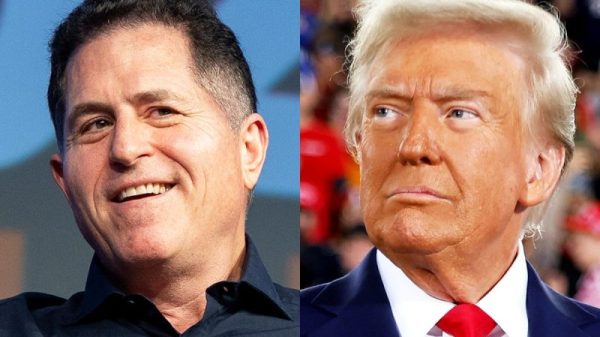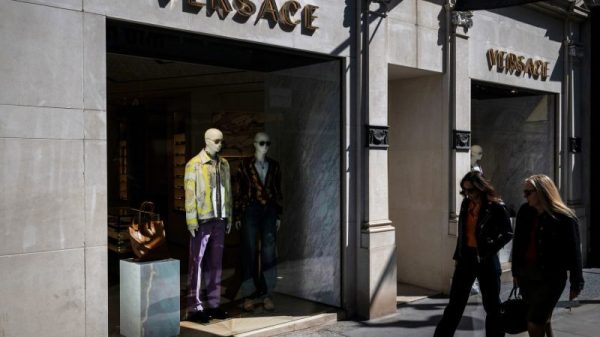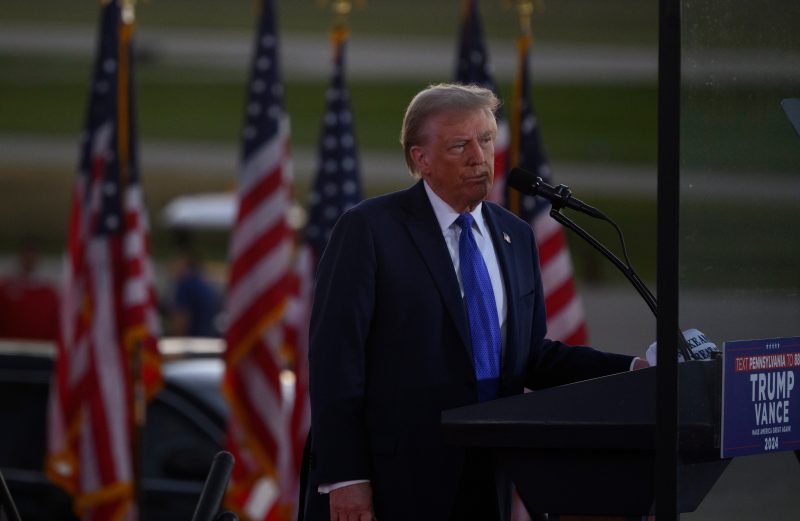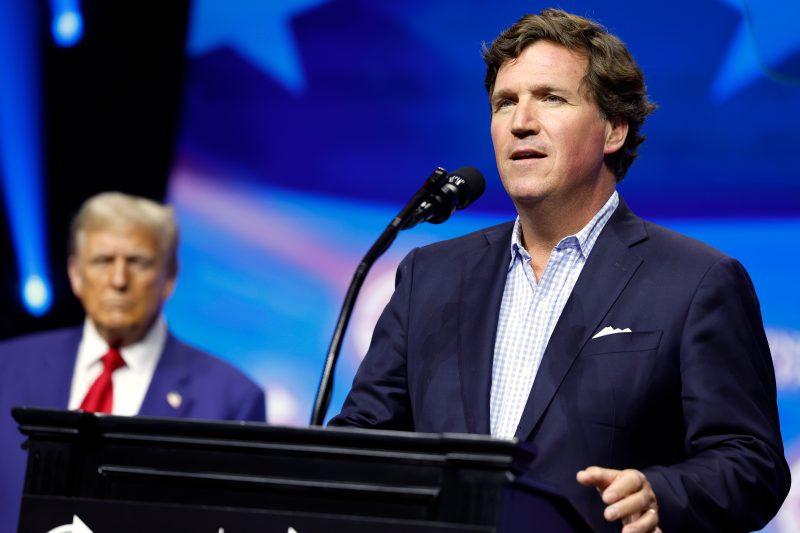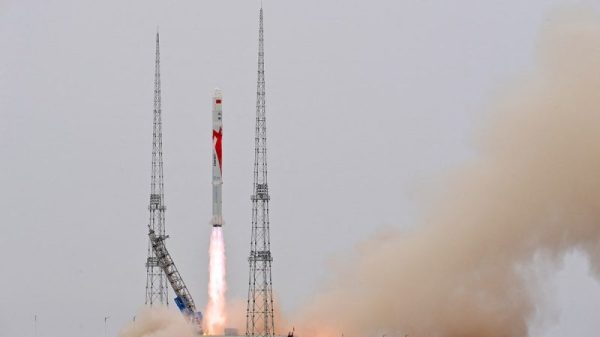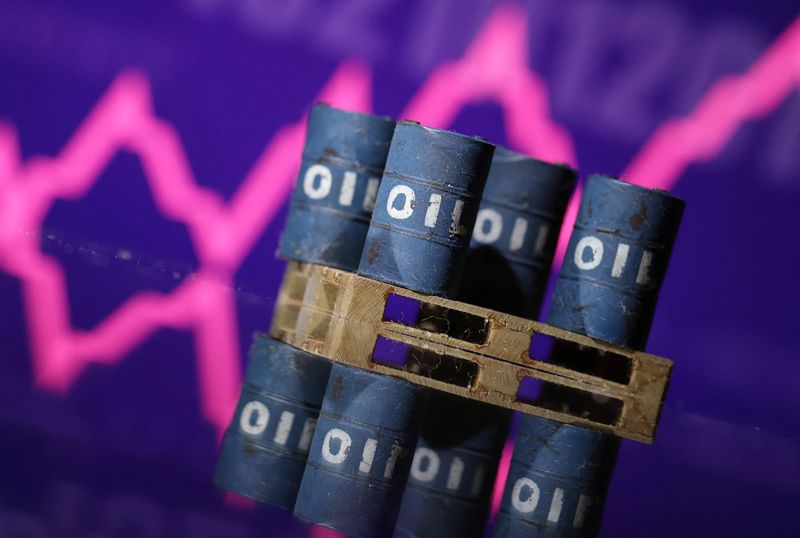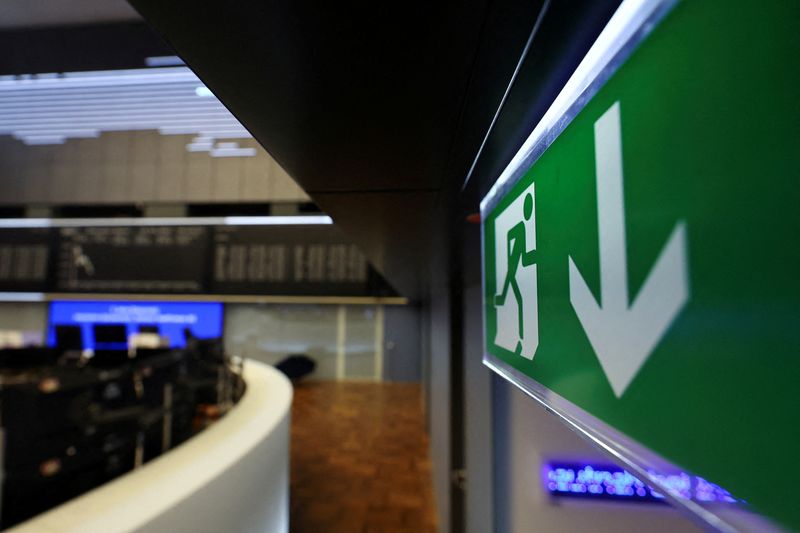
By Joachim Klement
Investors in European equities all likely have the same new year’s resolution: figure out how to navigate what promises to be 12 months of heightened economic and geopolitical uncertainty. One tactic is to focus on companies with a proven track record of stable earnings growth during all market environments, but what may be surprising is where investors can find these ‘steady compounders’.
Global economic policy uncertainty is currently elevated, which is understandable given the many political changes and economic surprises seen in the past year.
This lack of clarity is particularly apparent in Europe.
Germany, Europe’s largest economy, is heading for snap elections amid a growth slowdown. And the competing parties have very different views of – and plans for – the country’s “debt brake,â€� a balanced budget amendment agreed to in 2009 that has prevented runaway debt accumulation but arguably hindered public investment and growth. This disagreement leaves the fiscal policy outlook very murky.
Meanwhile, France is struggling to pass a budget. The legislature is split roughly equally between parties on both the left and right that are willing to increase deficits to pay for political promises and a centrist bloc that seeks to reduce deficits to remain within the limits set by the European Stability and Growth Pact.
At the same time, it is unclear whether China, one of the European Union’s largest trading partners, has found the right policy mix to reaccelerate economic growth.
Add to all this the return of Donald Trump to the White House. If he follows through on his threats to slap large tariffs on goods imported from China, the EU, and other countries, world trade uncertainty could spike as it did in 2018 in response to his previous spate of tariffs.
‘STEADY COMPOUNDERS’
So how should European fund managers think about investing in such an environment? One option is to focus on ‘steady compounders’, companies with a proven track record of stable earnings growth in both good and bad economic times.
Steady compounders are typically thought to be companies in defensive industries like food and beverage or pharmaceuticals. But if one looks at equities with earnings growth volatility in the bottom 20% of the Stoxx Europe 600 index, using annual data for the last 20 years, it becomes clear that steady compounders are a far more diverse group.
The largest sector in this basket is industrials, which are not commonly perceived as defensive. Also included are companies in cyclical sectors like technology, media, and construction. Indeed, more than 40% of the companies in the basket are in sectors that are commonly perceived as cyclical.
This may be surprising, but many businesses in cyclical sectors like industrials and technology now have business models that create remarkably stable revenue streams. Think of IT services that are subscription-based (SaaS, cloud computing, etc.) or industrial services like consulting. Another industrial segment that stands out – particularly in today’s environment of elevated geopolitical risk – is the defense industry.
OUTPERFORMANCE
In times of heightened uncertainty, earnings stability is a sought-after characteristic that is often rewarded by strong share price performance, so it should come as little surprise that steady compounders have outperformed the Stoxx Europe index when uncertainty has spiked over the last 20 years.
Look at Donald Trump’s first term in office. During these four years, European steady compounders outperformed the Stoxx Europe Index by an annual rate of 6.9%. If we exclude the pandemic year 2020, the outperformance rises slightly to 7.2%.
This outperformance has also been seen in other periods when measures of uncertainty surrounding trade, economic policy, and geopolitics were in the top 25% of their respective historic ranges. This includes 2002-03, which saw the rise of global terrorism and the outbreak of the Iraq war, and in the years following the pandemic that featured supply chain disruptions, the outbreak of war between Russia and Ukraine, and rising trade frictions between China, the U.S. and Europe.
Of course, one must be cautious about extrapolating past performance into the future, especially considering how much historical periods can differ. For example, Trump’s first term was mostly a period of ultra-low interest rates, low inflation, and steady economic growth, none of which we have today.
Still, it is reasonable to assume that companies that have been good at managing uncertainty in the past – largely because of above-average reliance on recurring revenues – will be resilient to future shocks as well. And their share prices should reflect this with steady performance – something that may be highly valued if today’s uncertainty creates choppier markets in the year ahead.
(The views expressed here are those of the author, an investment strategist at Panmure Liberum, the UK’s largest independent investment bank.)

